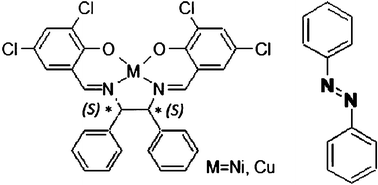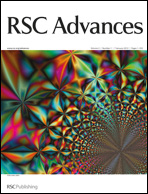Polarized spectroscopy and polarized UV light-induced molecular orientation of chiral diphenyl Schiff base Ni(ii) and Cu(ii) complexes and azobenzene in a PMMA film
Abstract
We have investigated polarized UV light-induced molecular orientation, namely increasing optical anisotropy of chiral diphenyl


 Please wait while we load your content...
Please wait while we load your content...